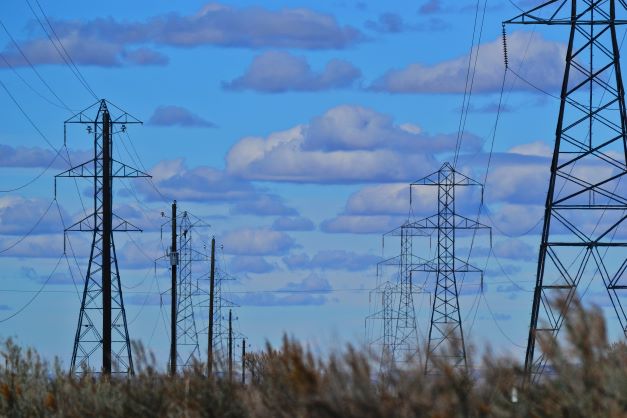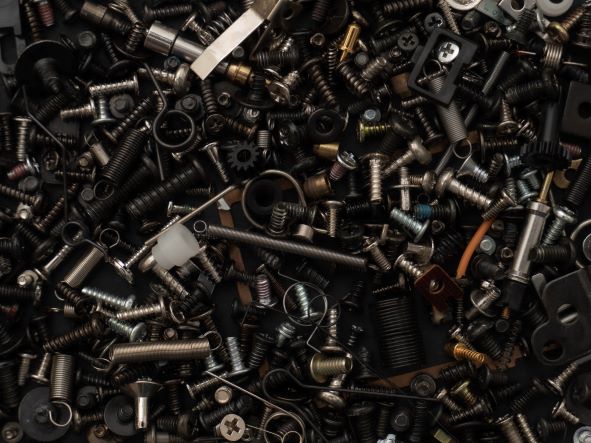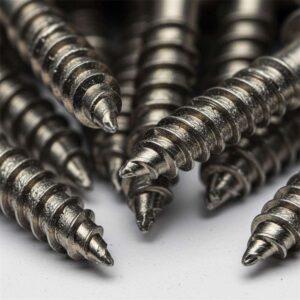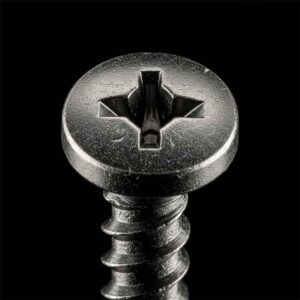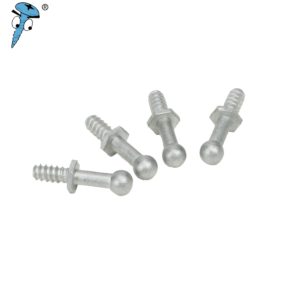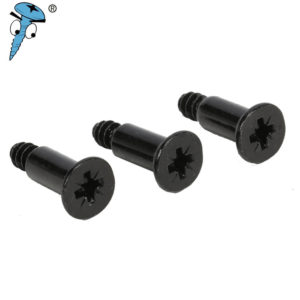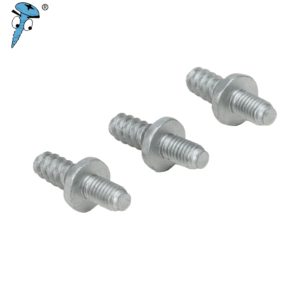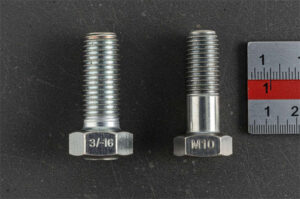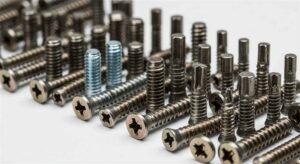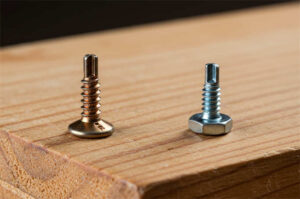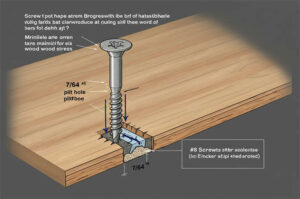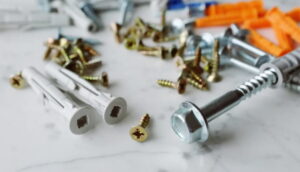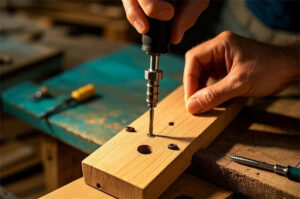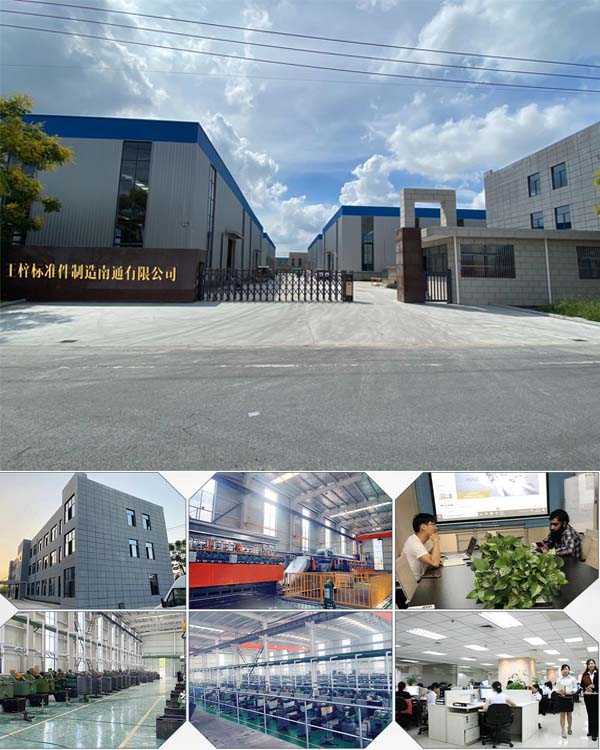Understanding the Effect of Temperature On Fasteners
Fasteners being widely used as a construction material has to withstand different challenges that can cause damage or corrosion like chemicals, weather conditions, and most commonly temperature. All fasteners are made of various materials and manufactured under different methods. These two factors impact the characteristics of fasteners such as their strength, durability, temperature resistance, and corrosion resistance.
Depending on the type of fastener material the more it can be able to withstand the exposure of cool or hot temperatures. Cooler temperatures affect the strength and ductility of a fastener and may lead to brittleness. With the risk of brittle behavior the fastener is prone to breaking in case of a sudden shock or bending around the joint. Generally, the type of material preferred for cold-temperature use is austenitic stainless steel with high content of nickel and nitrogen, these elements can keep high mechanical strength and achieve a less brittle reaction.
Humid or hot environments offer extreme challenges within fasteners causing damage like changes in ductility, loss of mechanical tensile strength, creep, and relaxation. Certain damages can be avoided by using the right material of fastener for hot environments, steel, stainless steel, and medium carbon steel are preferred for such conditions while fasteners that contain iron and plastic elements should be avoided.
High temperature can have a temporary or reversible effect on fasteners, for example, stainless steel fasteners can withstand hot temperatures and may temporarily lose their tensile strength and ductility but once the temperature changes to normal its characteristics may regress to its quality. And permanent damage to fasteners such as creep and relaxation are subjected to happen in the presence of extremely high temperatures.
Creep is the permanent deformation of material due to constant high levels of mechanical stress causing it to have a continued extension in the material of fasteners. Relaxation occurs when the initial preload decreases in tension after the tightening, the stress released will cause a transformation of elastic deformation into plastic deformation in exposure to high temperature.
In conclusion, temperature affects the fasteners differently depending on their material and yield strength. Cold temperatures can cause brittle damage on fasteners while hot temperatures can likely melt the plastic elements fastener in a slow deformation. With basic knowledge of fasteners and their characteristics, you can choose the right fastener for your project. To know more about fasteners and information on fastening, contact the fastener experts, Prince Fastener Manufacturing Co., Ltd. has been delivering accurate fastener products and unparalleled service throughout the world for over 30 years. Find the best solutions and high-quality fasteners with us.
